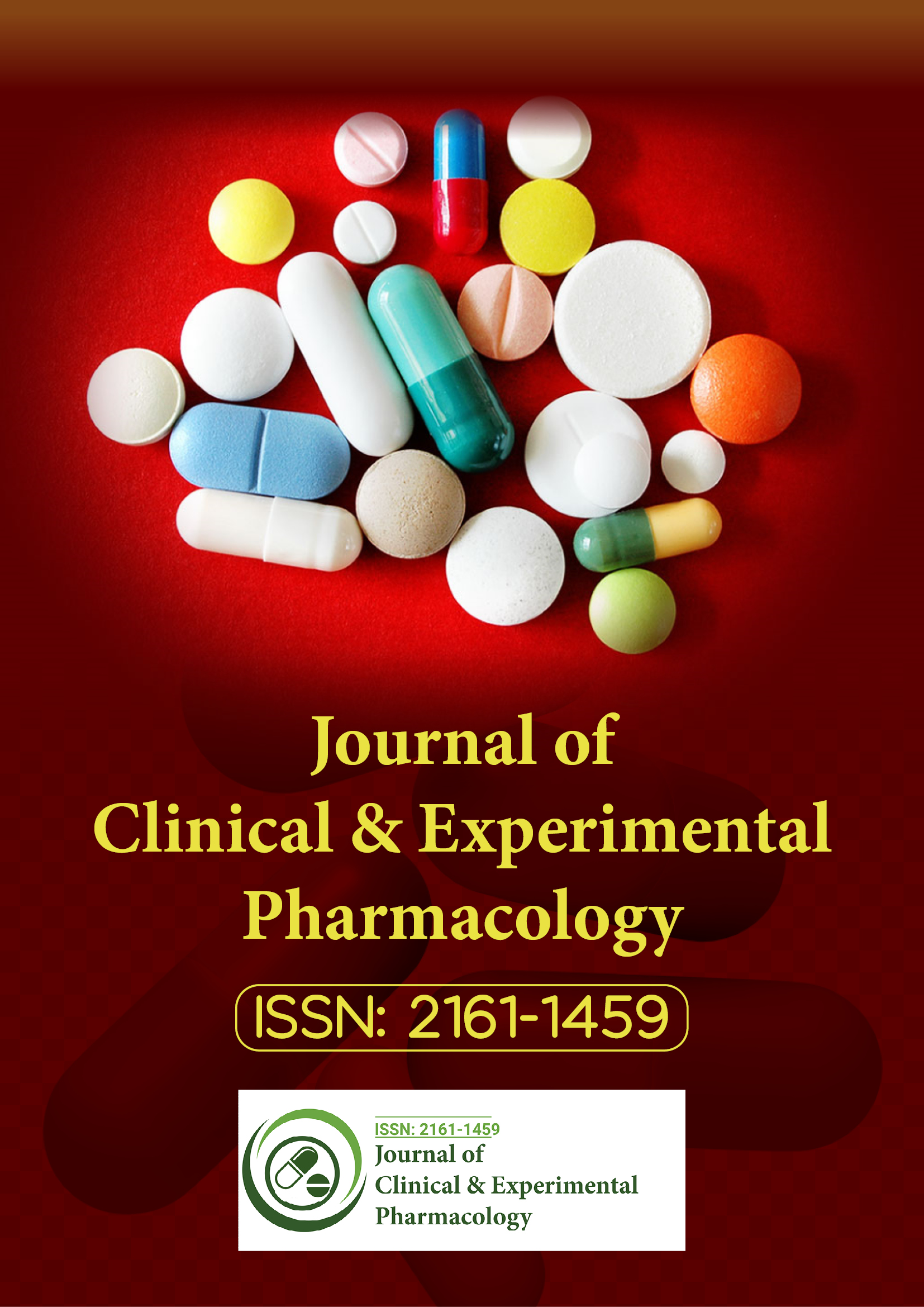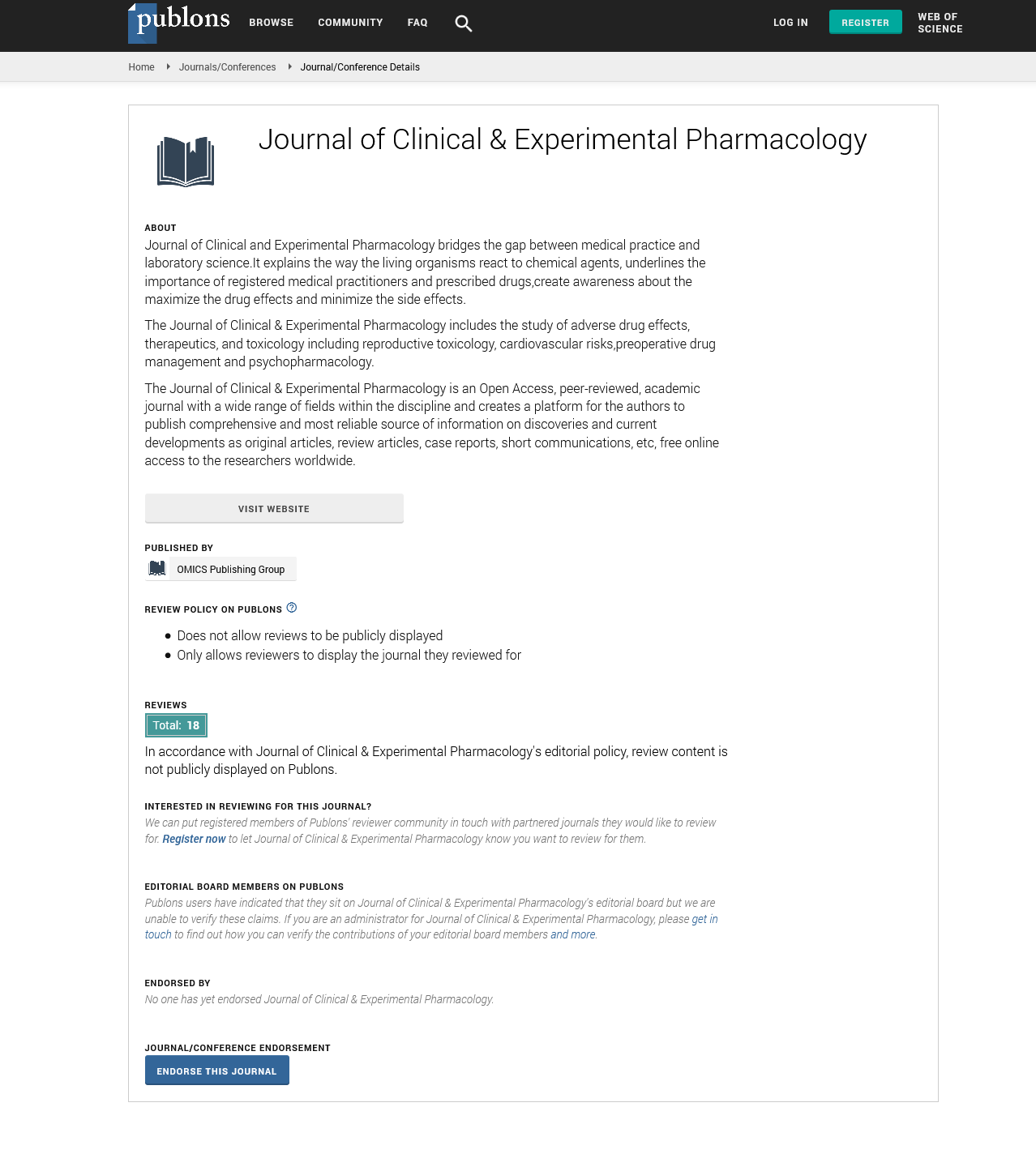Indexed In
- Open J Gate
- Genamics JournalSeek
- China National Knowledge Infrastructure (CNKI)
- Ulrich's Periodicals Directory
- RefSeek
- Hamdard University
- EBSCO A-Z
- OCLC- WorldCat
- Publons
- Google Scholar
Useful Links
Share This Page
Journal Flyer

Open Access Journals
- Agri and Aquaculture
- Biochemistry
- Bioinformatics & Systems Biology
- Business & Management
- Chemistry
- Clinical Sciences
- Engineering
- Food & Nutrition
- General Science
- Genetics & Molecular Biology
- Immunology & Microbiology
- Medical Sciences
- Neuroscience & Psychology
- Nursing & Health Care
- Pharmaceutical Sciences
Panax japonicus (T.Nees) C.A. Mey and its varieties in China
World Congress on Pharmacology
July 20-22, 2015 Brisbane, Australia
Ping Chen
Posters-Accepted Abstracts: Clin Exp Pharmacol
Abstract:
Panax japonicus, the perennial herb in the Araliaceae family, was used as the natural medicinal herb by Chinese traditional doctors for more than thousand years. Its rhizome was mainly used as a tonic, anti-inflammatory and hemostatic agent in China. Most of the therapeutic effects of P. japonicus had been reported due to the presence of tetracyclic or pentacyclic triterpene saponins. Volatile oil, polysaccharides and amino acids had also been found in P. japonicus species and reported in the pharmacological functions. In our studies, a three-year survey was conducted to determine the current resource status of P. japonicus (T.Nees) C. A. Mey and its varieties (P. japonicus var. major (Burkill) C.Y.Wu & Feng and P. japonicus var. bipinnatifidus (Seem.) C.Y.Wu & Feng) in 10 provinces of southern and southwestern China. Whole plants were sampled at 64 sites. Resource distribution, habitat type, morphological variation and market trend of them were studied and discussed. The natural resource in China is rarely available due to extensive exploitation and continual environment deterioration in recent decades, Abundance of P. japonicus was much lower than previous records, mainly found in Hubei, Sichuan, Guizhou and Yunnan province. Wild resources of P.japonicus var. major and P.japonicus var. bipinnatifidus were even scarcer, only found in Guizhou and Yunan province. Despite their dramatic rise of market trend, the artificial cultivation of them was still not fully developed in China, but progressed rapidly in Hubei province.

